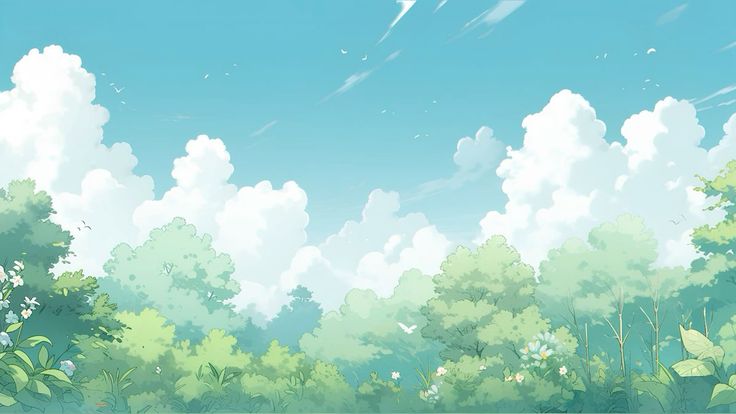
First Blog Post… (screencast video down below)
As I am an art history student, not an education student, I am very new to all this language and ideas of learning. For example, I had never heard of cognitive load theory or Richard Mayer’s principles of multimedia learning or Allan Pavio’s dual coding theory.
So for this week, I learned how to use Screencastify to record a short educational video with Google Slides. The video might look simple but creating it was a frustrating experience and took me some time. Keeping in mind that humans are dual-channelled and that I need to mix various media, I began creating my Screencast. I made slides of different colours and fruits with the corresponding colours. Then I wanted to find a child’s voice saying the colours so I found a video and downloaded the audio. It took that audio and spliced it so I had the colours I wanted and created a new audio file to then put into my presentation. The last step was recording my screen whilst I timed the audio to each slide.
While making my screencast I kept in mind the principles of modality and redundancy. Both state that we learn best from visuals and narration, not visuals and text, so I made sure to not include any text and find audio narration. I also implemented the voice principle, which states people learn better with real voices, not robots and I thought that since my video is intended for small children, having a child speak the colours would be more inviting.
What I found challenging was the simplification of it all. It is very tempting to add more flair to these presentations, with more text and everything. However, I had to try hard to avoid adding distracting elements that would just become an additional load or extraneous load.
I imagine the audience for this screencast would be very young children who are still learning colours and their associations. It’s about getting the bare basics of these names of colours and what they might represent by hearing them over and over in association with the images on the screen. I would’ve made it longer but I think this gets the point across for us adults.
As an art history student much of my learning is presented to me in visuals next to text, so learning about dual coding theory was interesting to me. Many of these principles as I could tell, were just basic visual design principles, how to make something look good and understandable. It was interesting to hear those ideas shared in these videos like it wasn’t something already self-explanatory, like the rule of spatial continuity, for example, or signalling. A principle that I found interesting was the segmenting principle, which in one of the videos they compared to how a book has chapter breaks.
Many of the principles were pretty intuitive to me when I learned them, like signalling and spatial continuity but the redundancy principle I haven’t always followed too well. As an artistic person sometimes I like to take the simplicity out of things, so this is something I will try to focus on moving forward. I did however learn through this assignment about cognitive load, intrinsic difficulty, extraneous load and germane knowledge were new terms to me and helpful in categorizing these different principles that I will now try to remember and integrate into future assignments.
My Video:
Link to classmate’s post that I commented on:
Hey Andrea, really enjoyed your post and screencast. Using a child’s voice for the audio was a great touch. I can totally relate to the challenge of simplifying things, especially when you want to add more. You nailed it with the Modality and Redundancy principles, keeping it simple with just visuals and audio, and avoiding any extra distractions. It was super clear and easy to follow. Loved how you connected it to Dual Coding Theory too and overall, it was awesome to read your post and watch the screencast.
Hey Andrea, I like the use of dual coding in your screen cast! I also like the use of simple but known visuals used in the video. I’d imagine someone learning their colours would appreciate visuals that they see in their daily life. I also really like how detailed your experience was haha. I think when I first learnt how to edit videos and add stuff together, I remember being super frustrated. I loved that you kept in mind a lot of the theories we had to apply! Can’t wait to see more!
Andrea I completely agree that much of what we covered felt very intuitive! I also relate heavily to the act of editing videos as being so incredibly frustrating… I suppose thats why I chose to do my screencast as one take.
You mentioned that as an Art History student you do analysis of images next to a large amount to text, and with the dual coding theory in mind you found that interesting – would you say it easier to understand/dissect a piece of art work in lecture when your instructor just shows the piece of artwork as a standalone?